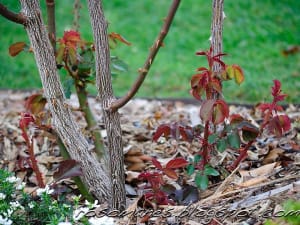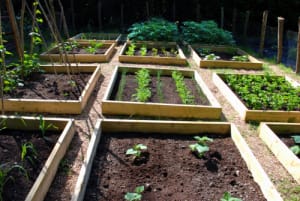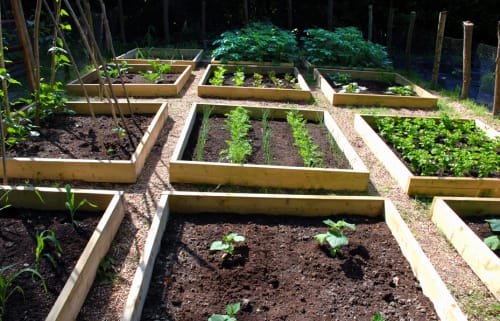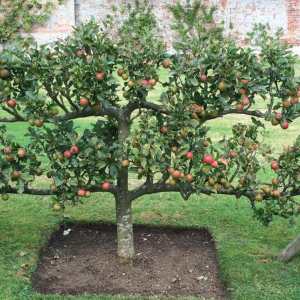Spring has sprung!
Keith Mundy

Spring has arrived and with it the start of the gardening year. New growth appears on deciduous plants, perennials wake after their enforced winter hibernation and bulbs pop up everywhere as new life begins.
This month commences with many tasks in the garden including the preparation and planting of the spring vegetable garden, planting of flowering annuals and the completion of late winter and early spring chores before too much new growth appears on plants.
Pruning of deciduous fruit trees and roses should be well completed. Winter spraying must have been done—in fact it is now too late to do this. Please remember that if your fruit trees have broken bud and are flowering it is too late to use the stronger winter sprays as blossoms can burn. Blossom burn in turn leads to poor or no fruit development.
New growth on roses and fruit trees is a delicious target for aphids so keep an eye out for them. Spray with an organic insecticide. There are many new forms available in garden centres and these should be used instead of the harsher chemical forms that can cause danger to bees.
The vegetable garden should be getting the finishing touches prior to planting. Initially, dig the garden over to spade depth and apply a spreading of lime (500g per square metre) all over. Add some well-rotted cow or poultry manure and fork it in. Leave this to settle for a week and then get on with planting as the soils are now warm enough for new seedlings.
If all this preparation sounds too much, remember that a fast growing vegetable is a delicious vegetable. Plants that grow slowly are usually bitter and poor performers with small fruit or reduced crops.
When growing vegetables it is important to practise crop rotation. I mean, don’t plant the vegetable in the same position as last season. This applies particularly to tomatoes and potatoes as these two groups of plants are in the same family and any pest or disease lying dormant in the soil could cause problems with the new crop this season.
as last season. This applies particularly to tomatoes and potatoes as these two groups of plants are in the same family and any pest or disease lying dormant in the soil could cause problems with the new crop this season.
One major factor is to only grow as many vegetables as your family requires. It’s best to avoid growing crops where the bulk of the harvest comes all at once, unless you can put the extras in the freezer for the out of season periods.
Another trick is to go for quick turnover vegetables that can be picked and replaced regularly like lettuce, Asian greens, beans and spring onions.
Plant taller vegetables like corn and tomatoes on the side of the garden that is less likely to shade the rest of the garden.
For more permanent kitchen crops like herbs it is important to remember that there are three main categories of herbs. There are moisture lovers like mints and coriander, the dry garden herbs like parsley, sage, rosemary and the thymes, and the higher nutrient leafy forms like the perpetual lettuce, spinach and more of the leafy herbs.
Finally, remember the key ingredients for good vegetables are full sun, good drainage and good nutrients.


